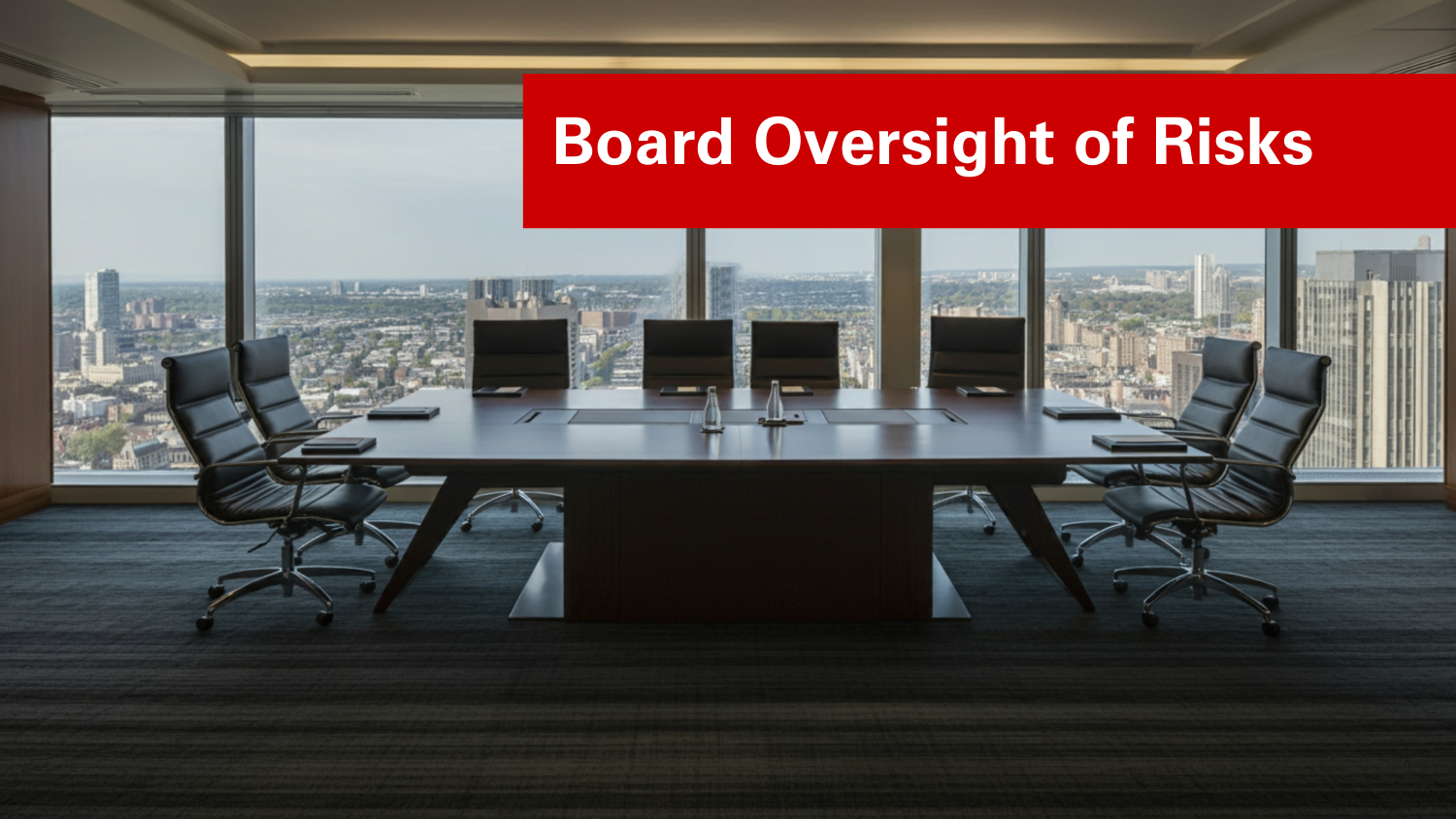Intensifying Dialogue on Risk and Strategy: A Banking Perspective
Recent economic times have led many organizations to reassess how they identify, analyze, and respond to risks. A recent white paper by the Bank Governance Leadership Network focuses on the results from an extensive research study into banks’ current risk governance practices and their goals for continued improvement. The research was conducted between January and October 2010 by Tapestry Networks and Ernst & Young. The research primarily included data collection and interviews from chief risk officers (CROs) and risk executives.
The study highlighted four imperatives for bank boards and risk organizations:
1. Link risk appetite to strategy decisions and business activities
2. Foster robust two-way dialogue on risk between directors and management
3. Improve the board’s level of understanding of the firm’s risk
4. Ensure progress on risk governance is sustainable
Banks have always been in the business of pricing, holding and selling risks. A large component of risk governance is identifying the risk appetite of an organization. Historically, the banking industry has usually analyzed risk appetite only through informal discussions. However, financial institutions have now singled out risk appetite as an area requiring significant attention. Making sure risk appetite statements are intertwined into an organization’s culture and activities is important.
The research study implied that the following changes need to occur:
- Strengthen the organization’s definition of risk appetite
- Address the challenges of operational and reputational risk appetite
- Build risk appetite into management decision making
Typical questions to consider when management and the board jointly define risk appetite include:
- What type of organization do we want to be?
- How much risk do we want to take?
- How could internal and market-driven stresses affect our risk profile?
Board members need to be cautious when becoming engaged in their organization’s risk-taking decisions so they do not end up overstepping the boundaries of their oversight role. Therefore, it is vital that the board and management frequently engage in robust dialogue with regards to risk and strategy. This white paper offers several recommendations on how to strengthen this dialogue. For example, several participants in the study expressed the importance of making a connection between the board and management through the CRO and risk committee.
Risk governance may be one of the main challenges bank boards face in this post-crisis environment. It is very difficult to define the boundaries of the Board of Directors’ reach with regards to risk management. However, banks are incorporating numerous approaches to solving the risk governance challenges mentioned and addressed in this white paper.
Click below to register and download article.
Original Source Article: “Developing Effective and Sustainable Risk Cultures in Banks,” Tapestry Networks, May 2014


